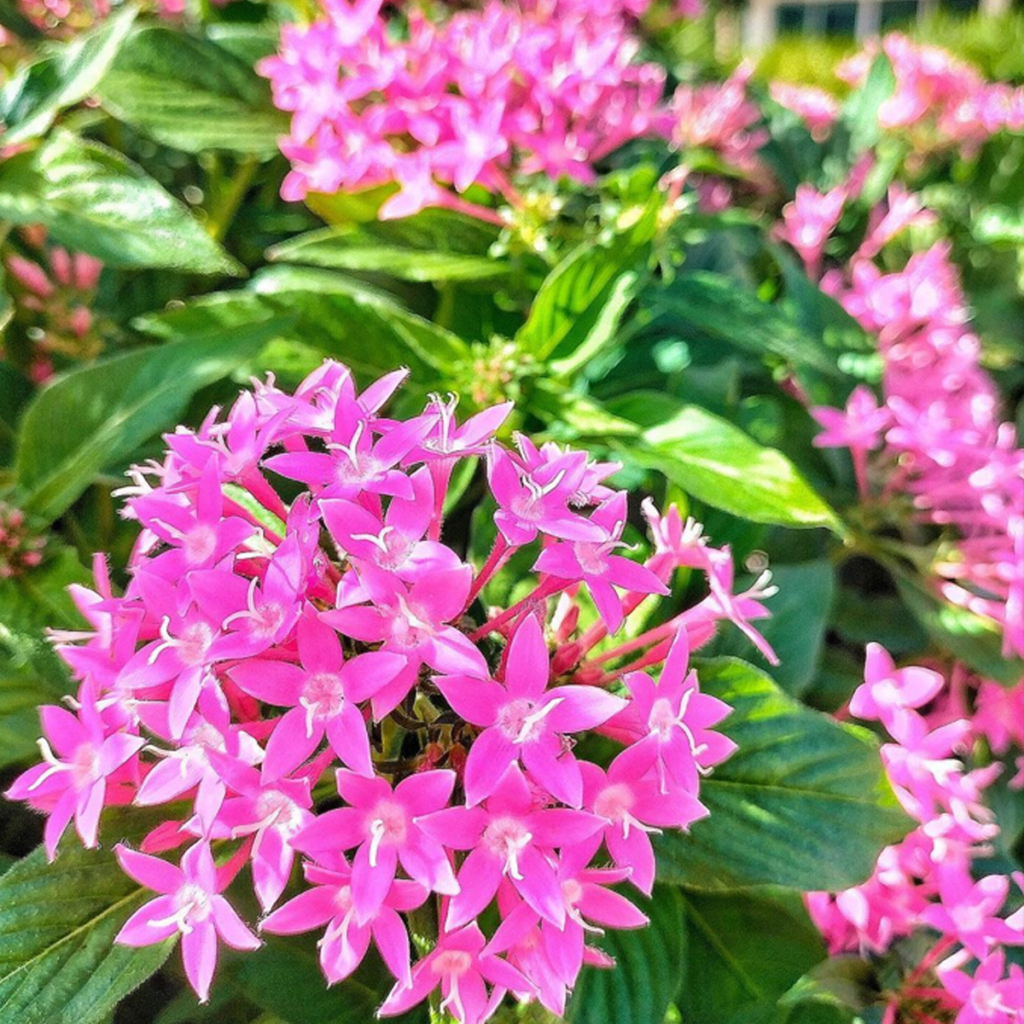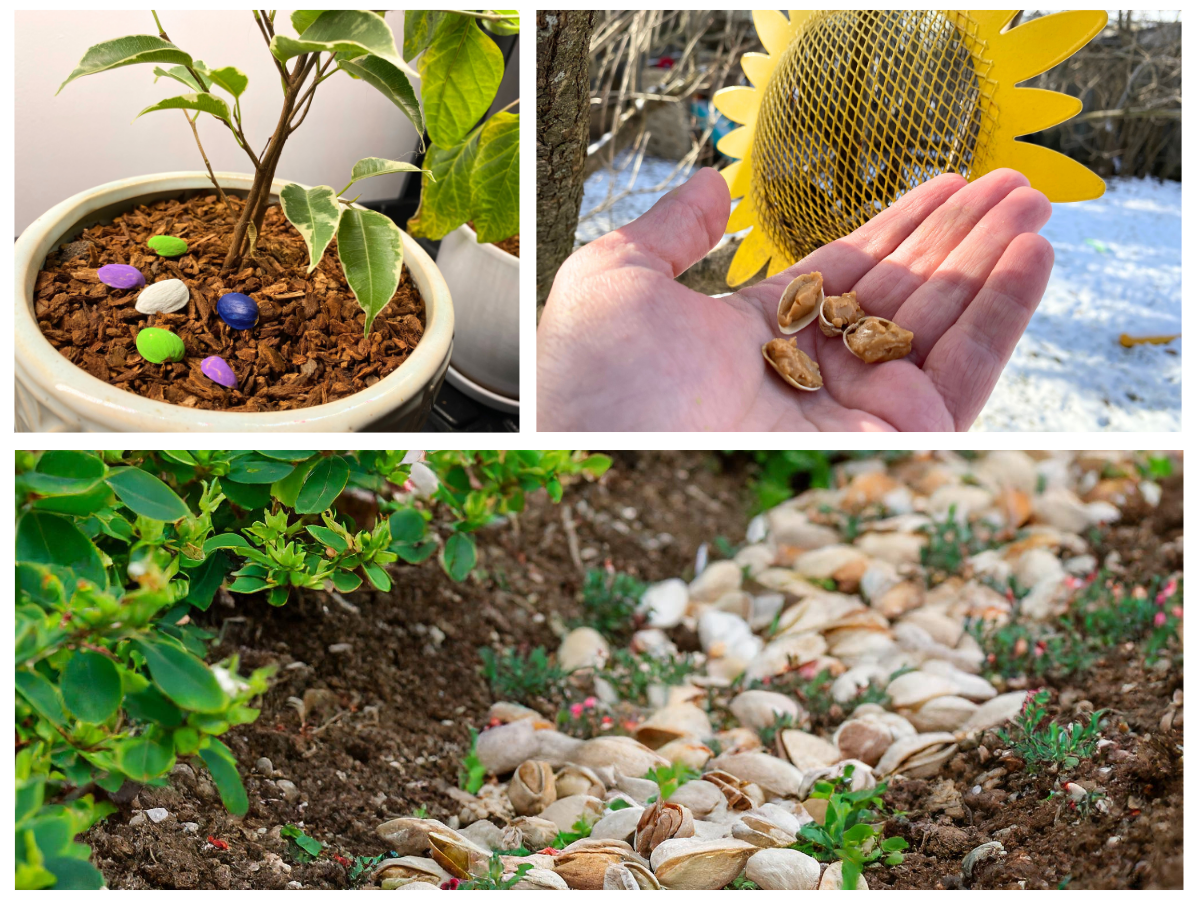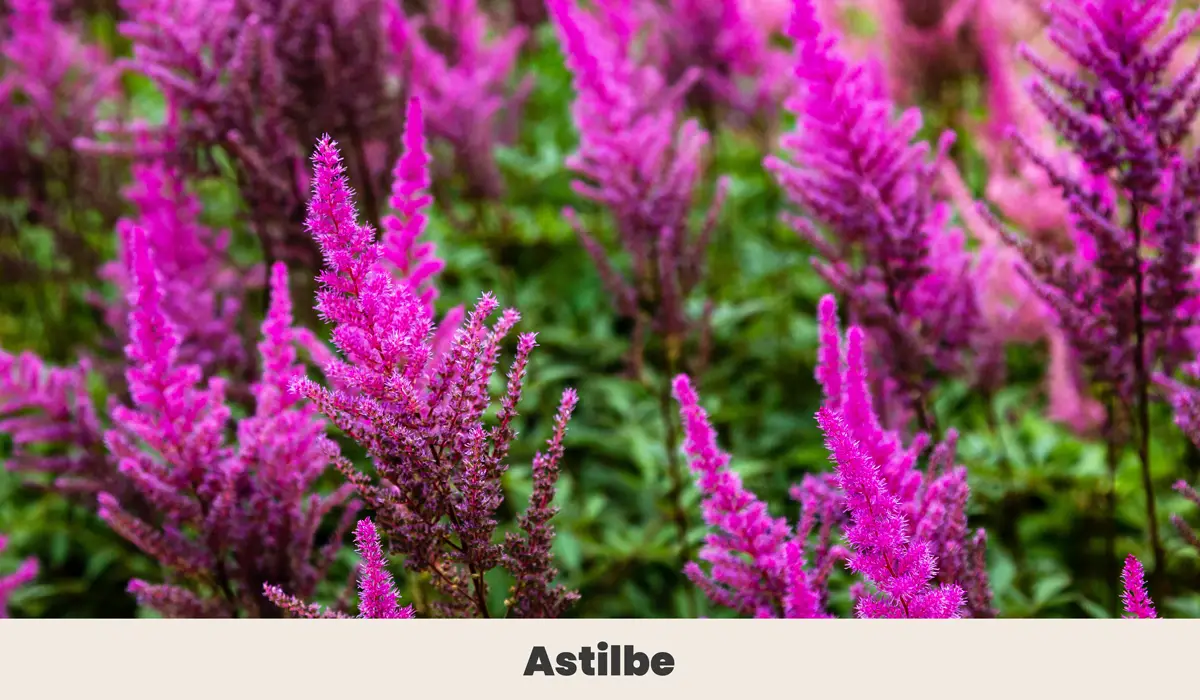Harnessing Nature’s Power with Natural Flower Fertilizers

Introduction: Gardening enthusiasts and flower lovers often seek ways to enhance the growth and vibrancy of their plants. While synthetic fertilizers are readily available, they often come with potential environmental and human health risks. In this regard, natural flower fertilizers provide an eco-friendly alternative, harnessing the power of nature to nurture plants and promote their overall health. This article aims to delve into the world of natural flower fertilizers, exploring their benefits, types, application methods, and best practices for achieving beautiful and thriving floral displays.
Benefits of Natural Flower Fertilizers
- Environmental friendliness: Natural flower fertilizers are derived from organic sources, such as plant matter, animal manure, and compost. By utilizing these natural ingredients, gardeners can reduce their ecological footprint, as these fertilizers do not contribute to water pollution or the emission of harmful greenhouse gases.
- Soil improvement: Natural fertilizers help improve soil structure and fertility over time. They enhance the soil’s ability to retain moisture, promote beneficial microbial activity, and foster the growth of essential nutrients, resulting in healthier, more resilient plants.
- Nutrient-rich composition: Natural fertilizers are typically rich in essential nutrients like nitrogen (N), phosphorus (P), and potassium (K), as well as secondary elements and micronutrients. These nutrients support various aspects of plant growth, including leaf development, root formation, flowering, and fruiting.
- Long-term sustainability: Unlike synthetic fertilizers that provide a quick burst of nutrients, natural fertilizers release their nutrients slowly, ensuring a steady and sustained supply over an extended period. This gradual nutrient release minimizes the risk of nutrient imbalances and reduces the frequency of fertilization required.
Also Read: The Benefits of Natural Fertilizers for Plants (organicgardeningcorner.com)
Types of Natural Flower Fertilizers
- Compost: Compost is a nutrient-rich, dark brown substance created by the decomposition of organic matter. It improves soil structure, enhances moisture retention, and provides a slow release of nutrients. Gardeners can make their own compost using kitchen scraps, yard waste, and plant debris.
- Manure: Animal manure, such as cow, horse, or chicken manure, is an excellent source of organic matter and nutrients. However, it should be composted or aged before application to avoid burning the plants due to high nitrogen content. Composted manure improves soil fertility, promotes microbial activity, and enriches the nutrient content of the soil.
- Bone Meal: Bone meal is made from finely ground animal bones and is a great source of phosphorus and calcium. It supports root development, strengthens plant structure, and encourages robust flower formation.
- Fish Emulsion: Fish emulsion is derived from the byproducts of fish processing. It is an excellent source of nitrogen, along with trace elements like potassium and phosphorus. This organic liquid fertilizer is easily absorbed by plants, stimulating lush foliage growth and vibrant flowers.
- Seaweed and Kelp: Seaweed and kelp-based fertilizers are rich in trace minerals, growth hormones, and beneficial enzymes. They promote overall plant health, increase resistance to pests and diseases, and improve tolerance to environmental stressors.
- Tea Compost: Tea compost or compost tea is created by steeping compost or vermicompost in water. It serves as a nutrient-rich liquid fertilizer that can be applied directly to plants or used as a foliar spray.
Down to Earth Organic Rose & Flower Fertilizer

Introducing Down To Earth Rose & Flower Mix: A nutrient-rich, organic fertilizer for vibrant blooms and healthy plant stock. Perfect for starting bulbs, new roses, perennials, and more. OMRI-listed and ideal for organic production. Ingredients include Fish Bone Meal, Langbeinite, Blood Meal, and more.
Application Methods and Best Practices
- Soil Incorporation: Natural fertilizers can be mixed into the soil during planting or applied as a top dressing around established plants. Gently work the fertilizer into the topsoil, ensuring even distribution and avoiding direct contact with plant stems or foliage.
- Foliar Feeding: Some natural fertilizers can be applied directly to the leaves through foliar feeding. Dilute the fertilizer according to the manufacturer’s instructions and spray it evenly on the plant’s foliage, taking care to cover both sides of the leaves. This method allows for quick absorption of nutrients and can be especially beneficial for plants with nutrient deficiencies or those needing a quick boost.
- Timing and Frequency: To maximize their benefits, fertilize plants at the right time and frequency. Generally, natural fertilizers can be applied during the growing season, starting in early spring and continuing throughout summer. Avoid fertilizing during periods of dormancy or when the plants are stressed.
- Proper Dosage: Follow the recommended dosage instructions provided by the fertilizer manufacturer. Over-fertilization can lead to nutrient imbalances, burning of plant roots, and environmental pollution. Remember that natural fertilizers release nutrients slowly, so a little goes a long way.
- Watering and Moisture Management: After applying natural fertilizers, it’s crucial to water the plants thoroughly. This helps to dissolve the nutrients and carry them into the root zone, ensuring proper absorption. Maintaining adequate soil moisture levels promotes nutrient uptake and prevents nutrient leaching.
- Mulching: Mulching around plants with organic materials like straw, wood chips, or compost helps conserve soil moisture, suppress weed growth, and gradually release nutrients into the soil. Mulch also acts as a protective barrier, shielding the plant roots from extreme temperatures.
- Regular Soil Testing: Periodically test the soil to assess its nutrient levels and pH balance. This information will guide you in determining the appropriate type and quantity of natural fertilizers needed to address any deficiencies or imbalances.




